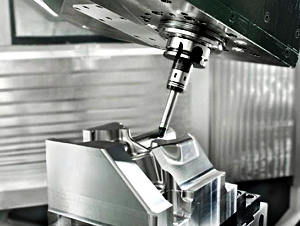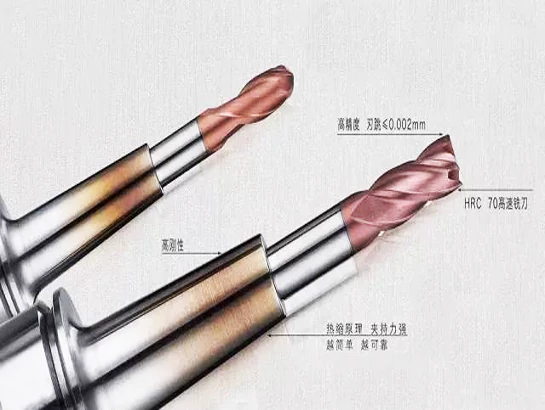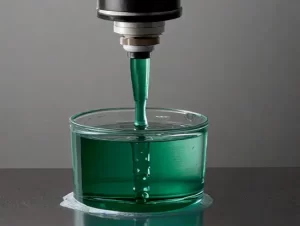The error caused by tool radial runout directly affects the minimum shape error that the machine tool can achieve under ideal processing conditions and the geometric shape accuracy of the processed surface. The larger the tool radial runout, the more unstable the tool processing state is, and the more it affects the processing effect.

Causes of radial runout
1. The impact of the radial runout of the spindle itself
The main causes of spindle radial runout error include the coaxiality error of each spindle journal, various errors of the bearing itself, the coaxiality error between bearings, spindle deflection, etc. Their influence on the spindle radial rotation accuracy in CNC milling varies with different processing methods.
2. The impact of the inconsistency between the tool center and the spindle rotation center
When installing the tool on the spindle, if the center of the tool does not align with the rotation center of the spindle, radial runout will inevitably occur. The specific influencing factors of this situation include the matching of the tool and the chuck, whether the tool loading method is correct, and the quality of the tool itself.

3 . Influence of specific processing technology
The radial runout of the tool during processing is mainly due to the radial cutting force that aggravates the runout. The radial cutting force will cause the workpiece to bend deform and vibrate during processing, affecting the processing quality of the workpiece e. It mainly depends on factors such as cutting amount, tool and workpiece materials, tool geometry, lubrication method, and processing method.
Methods to reduce radial runout
1. Use sharp tools
Use a larger tool rake angle to make the tool sharper to reduce cutting force and vibration. Choose a larger tool back angle to reduce the friction between the main back face of the tool and the transition surface of the workpiece, thereby reducing vibration. It can be smaller during roughing, but in fine machining, in order to reduce radial runout, the tool front and rear angles should be larger.
2 .Use strong tools
· Increasing the toolbar diameter by 20% can reduce the radial runout by 50%.
· Reduce the tool extension length by 20%, which will also reduce the radial runout by 50%.
3 . The front cutting edge of the tool should be smooth
During machining, a smooth rake face can reduce the friction of the chips on the tool, and can also reduce the cutting force applied to the tool during CNC milling, thereby reducing the radial runout of the tool.

4. Clean the spindle taper and chuck
The spindle taper and chuck should be clean and free of dust and debris generated during workpiece processing. When selecting a processing tool, try to use a tool with a shorter extension length. When cutting, the force should be reasonable and uniform, not too large or too small.
5 . The amount of cutting should be selected reasonably
· If the amount of cutting is too small, processing slippage will occur, resulting in constant changes in radial runout and uneven processing surface.
· When the amount of cutting is too large, the cutting force increases, the tool deformation is large, the radial runout increases, and the processing surface is not smooth.
6.Use up milling for finishing
In CNC milling, when reverse milling, the cutting thickness increases from small to large, the tool load increases from small to large, and the processing becomes more stable. Use down milling for roughing because it offers high productivity and guarantees tool life, while reserve milling should be used for finishing.
7.Use cutting fluid rationally
Reasonable use of cutting fluids. Aqueous solutions with mainly cooling effects have little effect on cutting forces. Cutting oil mainly used for lubrication can significantly reduce cutting forces.

Conclusion
By ensuring the manufacturing and assembly accuracy of each part of the machine tool and selecting reasonable processes and tooling, we can minimize the impact of tool radial runout on machining accuracy. We hope that these methods will provide ide effective reference for professionals in CNC milling and further improve machining quality and efficiency.
